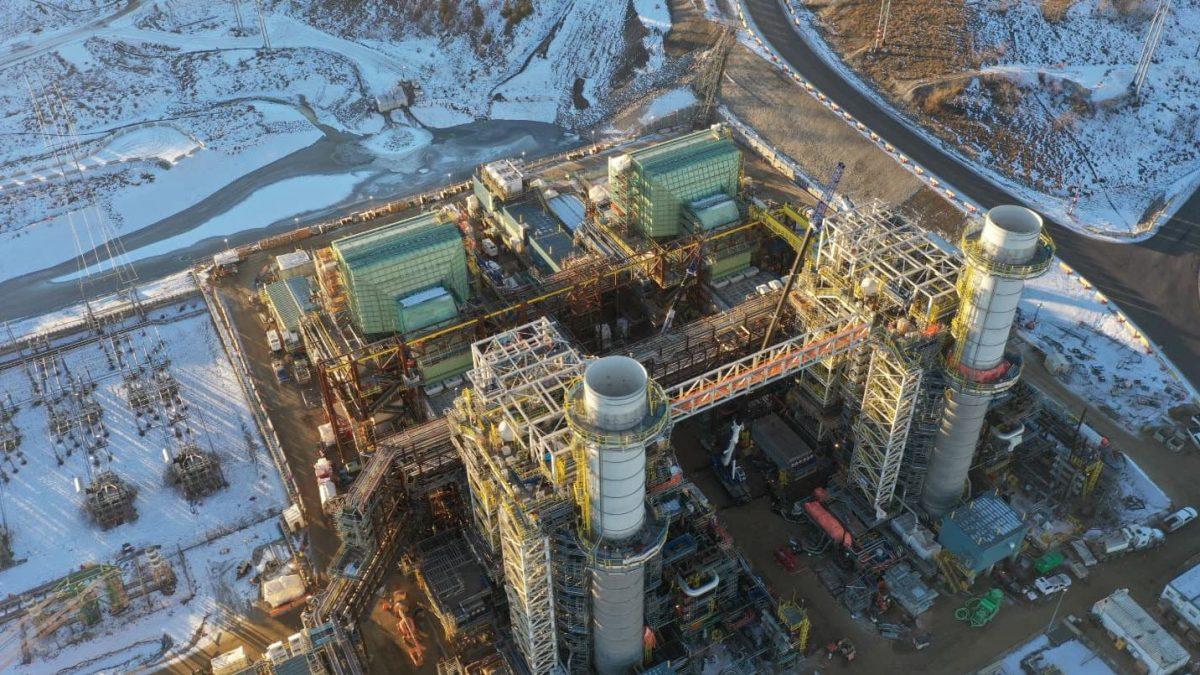Sign up for daily news updates from CleanTechnica on email. Or follow us on Google News!
In the midst of growing concerns about Chinese companies dominating the market for electric vehicles in the US, Europe, and many other parts of the world, GM and CATL are in discussions that could lead to construction of a jointly-owned battery factory in North America. Readers will recall that CATL has been trying to get a foothold in North America for years, but anti-China sentiment has prevented any of those plans from moving forward.
Last year, Virginia Governor Glenn Youngkin pontificated at length about the danger of a CATL factory in his state. Clearly trying as hard as he could to emulate the tactics of the magalomaniac of Mar-A-Lago, Youngkin banged the “yellow peril” theme hard when he told reporters after his annual state of the state address to the Virginia General Assembly, “We felt that the right thing to do was to not recruit Ford as a front for China to America.” He made reference in his speech to the dangers of the Chinese Communist Party, or CCP, which he described as “a dictatorial political party that only has one goal — global dominance at the expense of the United States.” He said he was leading Virginia “out of darkness,” according to the Washington Post.
To deal with the political climate, Ford and CATL set up a very unique structure in which Ford would own a new factory in Michigan that would use CATL technology. Even at that, some people in Michigan are pushing back against any presence by CATL within their state. Since the announcement was made almost a year ago, Ford has run into difficulties finding customers for its F-150 Lightning and has cut back on production goals several times. No one has said a word about that CATL factory in awhile, so it is unclear whether it is moving forward or not. It was originally supposed to have an annual capacity of 35 GWh, but it is widely believed that goal has been slashed to as little as 20 GWh
CATL & GM Joint Venture Proposed
With all that background information, Chinese media sources are reporting this week that CATL is negotiating with General Motors about the construction of a joint factory for LFP cells in North America. The annual production capacity would be at least the same as the proposed factory joint venture with Ford, but whether that means 35 GWh or 20 GWh is not known.
Last year, Tu Le, managing director of China and US-based advisory firm Sino Auto Insights, said in an interview with Bloomberg, “The deal has already set a precedent. For the second or third Chinese company to come in, it’s not going to be as shocking.” His words have been prophetic, as the talks between CATL and GM make clear. According to the Chinese publication Late Post, the GM plant will likely be located in the US or Mexico. However, apart from the statement on production capacity in relation to the Ford factory, no further details have been disclosed. Car News China speculates that the factory “will likely open around 2027.”
Cheaper LFP Battery Cells
As with Ford, the top management of GM is apparently interested in access to cheaper LFP cells. For NMC cells, GM has already created the Ultium Cells joint venture with LG Energy Solution, which operates and is building several US battery factories. However, LFP cells are currently gaining acceptance for cheaper electric cars — a cell chemistry that South Korean and Japanese cell manufacturers have largely ignored. The situation is different in China, where companies such as CATL and BYD with its blade battery are regarded as leaders in the LFP sector, according to Electrive.
Late Post claims CATL has reduced the cost of its LFP batteries to 400 yuan ($55) per kWh while NMC cells still cost 600 yuan (83 dollars) per kWh. Extrapolated that difference to a 50 kWh pack, this makes a difference of $1,400 dollars in the cost of battery cells for that theoretical vehicle. In the event that CATL and GM are able to conclude a license agreement, it will be the largest such agreement between CATL and a US company.
CATL & The IRA
Under the current subsidy conditions of the Inflation Reduction Act in the US, Chinese battery manufacturers such as CATL are effectively excluded from the US market because EVs with Chinese batteries are not eligible for the subsidies provided by it. How the limitations built into the IRA will impact the batteries produced by a joint venture between CATL and GM is unclear at this point. If the battery materials and components are sourced in accordance with Treasury Department rules, they should qualify for US EV incentives. One presumes the two companies have thought long and hard about such questions and have answers they are comfortable with.
CATL CEO Robin Zeng said in a recent interview with Bloomberg that the license model has developed into an important business segment. CATL supplies the factory equipment and the production technology and trains the staff. Still, the license holder is the sole owner of the battery factory on paper — even if nothing works without CATL input. As CATL does not hold any shares in the factory, the company also has to invest significantly less and receives income from the license fees for patent usage and service fees.
Zeng stated in the interview that the company is in talks with 10 to 20 other car manufacturers in the US and Europe about similar agreements. Tesla also wants to expand its battery production in Nevada with the help of CATL for the grid-scale Megapack battery storage systems
The Takeaway
No matter how much the US and Europe strain to put up trade barriers to Chinese business, the imperative of low prices will ultimately win the day. The US went to heroic lengths to keep Japanese car and technology companies out in the 1960s, but failed. The dam of protectionism is leaking and is about to burst.
CATL is the world’s largest battery manufacturer and will not be denied. Other Chinese battery companies like Gotion are already building factories in the US and getting plenty of pushback from Americans who object to more jobs for local people and more tax revenue for local communities. That sort of self-defeating silliness won’t last for long.
Have a tip for CleanTechnica? Want to advertise? Want to suggest a guest for our CleanTech Talk podcast? Contact us here.
Latest CleanTechnica TV Video
CleanTechnica uses affiliate links. See our policy here.





